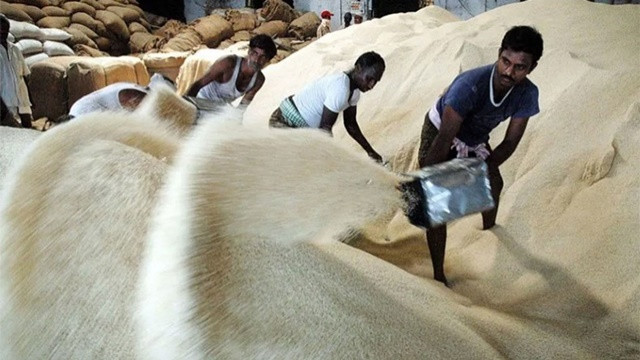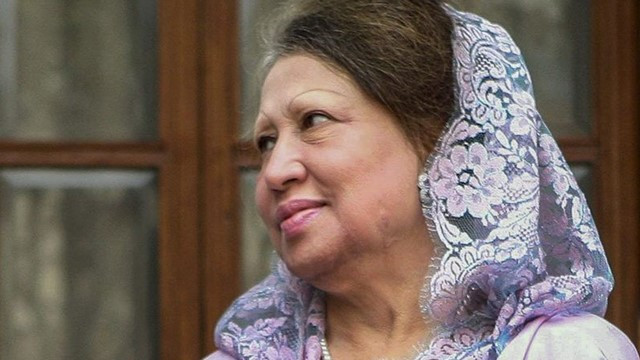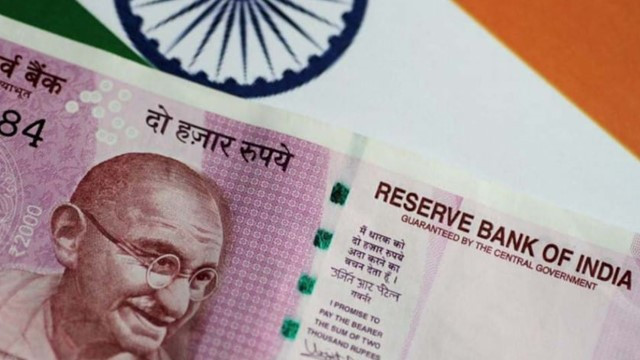২১ অগ্রহায়ণ ১৪৩২
India lifts ban on rice exports
25 March 2025 22:03 PM
NEWS DESK
India has lifted its final restrictions on rice exports, a move aimed at boosting agricultural shipments and supporting economic growth as the country grapples with a slowdown. As the world’s largest rice exporter, India’s decision to fully open up rice exports this month has sent shockwaves through global markets, causing a sharp decline in prices.
The cost of benchmark Thai white rice has dropped to $405 per metric tonne, down from $669 in January 2024, as India’s return to the export market puts pressure on competing producers.
This shift in policy comes as New Delhi looks to increase its agricultural and food exports significantly, with a goal of reaching $100 billion in agricultural exports by 2030, more than double the $48.15 billion achieved in 2023-24. Piyush Goyal, India’s commerce minister, has emphasized the country’s aspirations, saying, “Last year we did about $50 billion dollars in exports from India… I do hope to see a three-digit mark, the $100 billion mark.”
Along with rice, India has also eased restrictions on sugar exports, aiming to support farmers’ incomes and boost the economy, as agriculture sustains over 42% of India’s population.
India first imposed restrictions on rice exports in 2022 amid concerns over domestic shortages triggered by price hikes following Russia’s invasion of Ukraine. These restrictions caused panic-buying in Asia and North America, pushing the Asian benchmark rice price to its highest levels since 2008.
As part of its ongoing strategy, India began gradually easing these export bans in September 2023. The country, which exported 14 million tonnes of rice in 2023, is now expected to ship a record 21.5 million metric tonnes of rice between September 2024 and October 2025, according to S&P Global.
Ashok Gulati, an agricultural economist at the Indian Council for Research on International Economic Relations, warned that India’s extensive rice exports could flood the global market. “In a market of about 54-55 million tonnes globally, if India exports more than 20 million tonnes, it would be flooding the market,” he said.
The surge in Indian rice exports has been hailed as a positive development for poorer African countries, where access to cheaper rice is crucial. India has long been a significant supplier of rice to Africa, particularly broken rice.
According to the International Food Policy Research Institute, India accounted for more than 60% of rice imports for 17 African countries in 2022, and more than 80% in nine countries, including Somalia.
Ahmed Elmi Mohamed, a senior agricultural official in Mogadishu, welcomed the lifting of the export restrictions, saying, “The lifting of the restrictions is more than welcome because we usually import huge amounts of rice from India.”
The increased availability of affordable rice is expected to benefit both African consumers and East Asian producers of animal feed and ethanol.



















Comments Here: